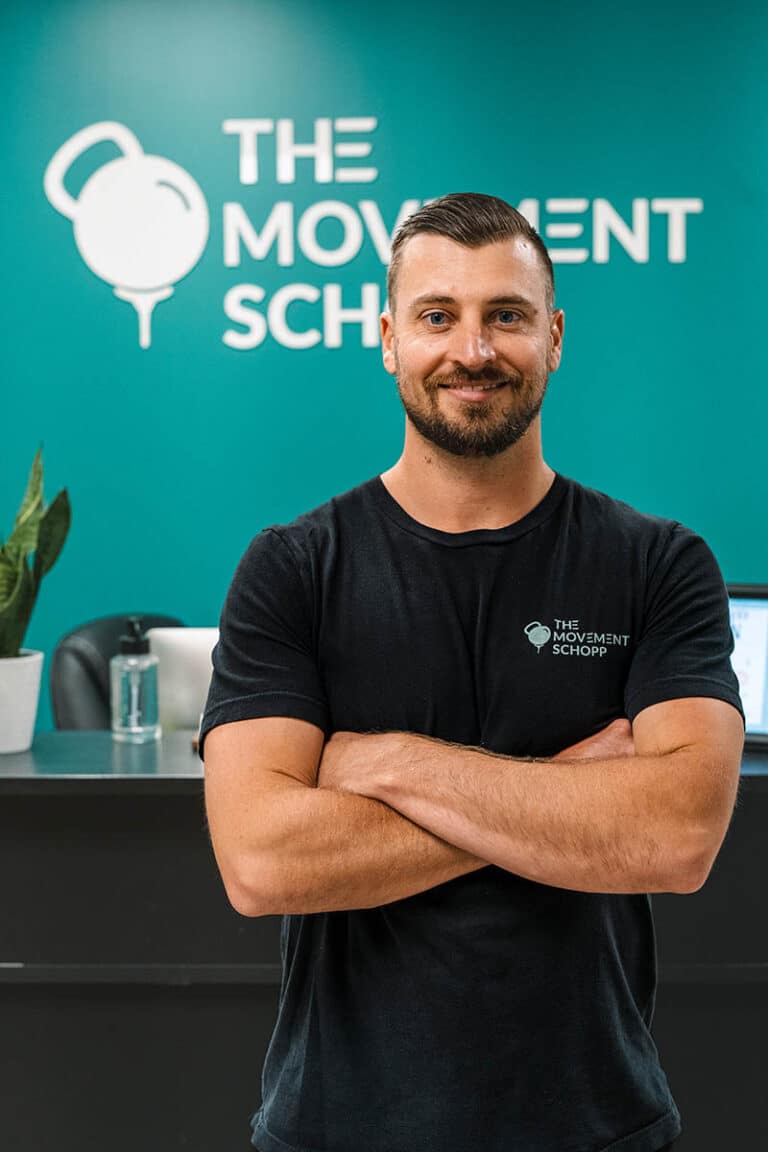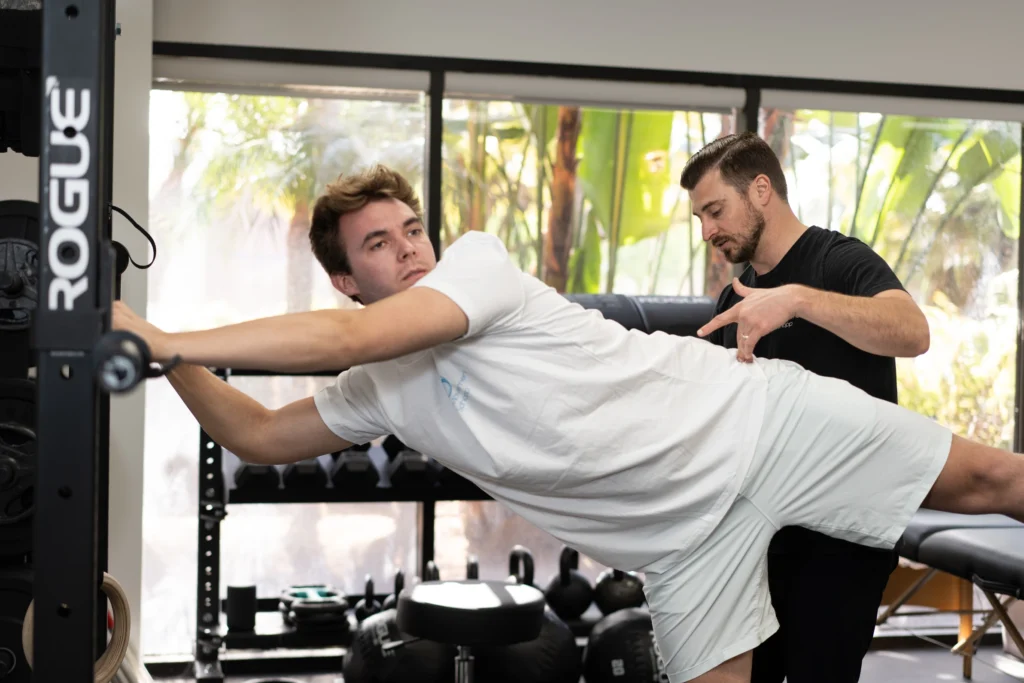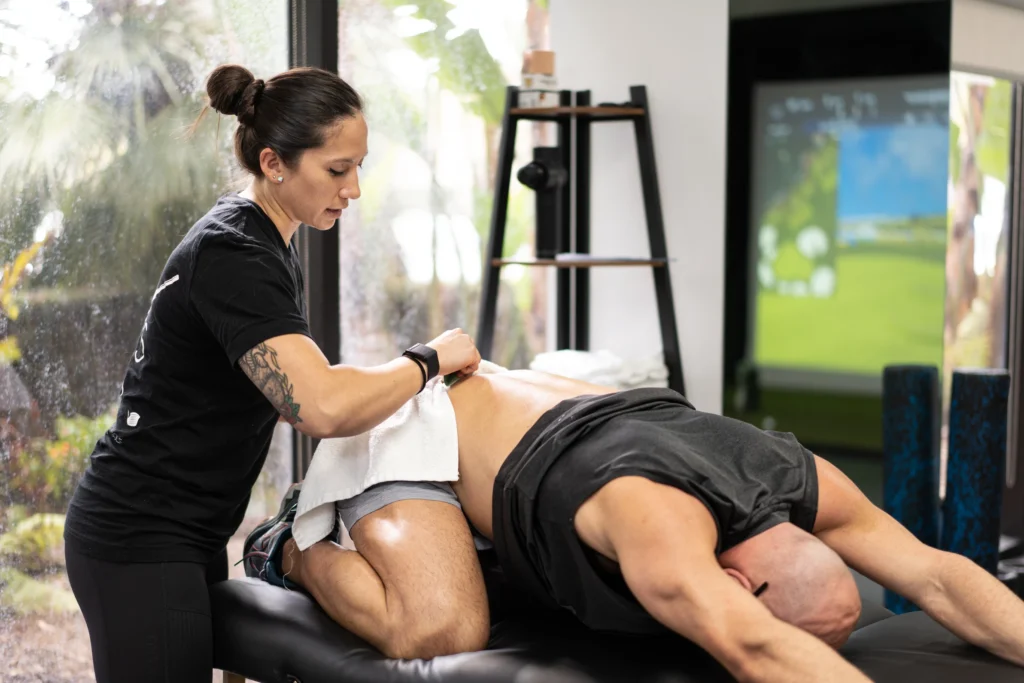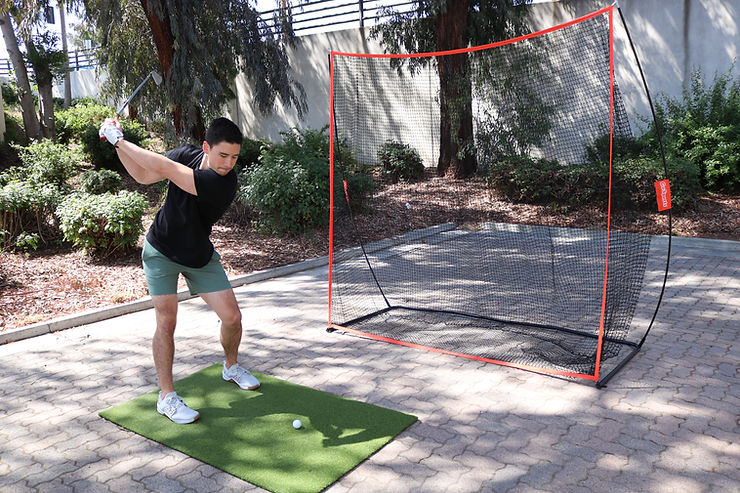This post is all about why I recommend seeing a skilled physical therapist for knee and/or hip arthritis (for essential reasons other than I am going to be one). But more importantly, to educate everyone a little bit about what osteoarthritis is and why you should care about it! Also just a heads up, the “random” numbers in parentheses throughout the post are just to reference the research articles from which I got the information, which are at the bottom of the page.
First of all, what is osteoarthritis and why should it be important to you?? Well for one, Osteoarthritis (OA) is the most common chronic joint disease leading to symptomatic problems. It is a progressive disease (it continues to get worse over time) and it affects synovial joints (knees, hips, fingers, wrists, shoulders, spine, etc.) by degeneration (break down) of the cartilage that lines the bones of each joint. It affects nearly 40% of people over the age of 65.(1) Although age itself cannot be the sole cause of OA because there are other risk factors such as if you live a sedentary lifestyle, your weight (every 11 lbs of weight loss = 50% reduction of OA), your diet, and genetic make up.(2) Also, another article mentioned that OA was the most common cause of hip pain in adults 40-50 years and older, so there could be prevalence in younger age groups as well.(3)
The most common places to have OA are in the hip, hand, and knee, in that order. It CAN POSSIBLY lead to pain and a loss of function, HOWEVER lifestyle changes and patient education are two of the most important aspects of slowing down the process of the progressive joint disease, and the best time to start is now.
Now that you know a little bit about what OA is, I am going to tell you what we can do about it. This next section, which explains why physical therapy is the best plan of action for people dealing with OA, is especially awesome because it was written by a group of surgeons (who get paid for doing surgeries, not for referring people out to physical therapy).
In a study written by the American Academy of Orthopaedic Surgeons, the number one recommended treatment for knee OA (above injections, pharmaceuticals, vitamins, and other modalities) was to participate, under the supervision of a physical therapist, in “self-management programs, strengthening programs (selfish plug for my strength and balance program located in the shop), low-impact aerobic exercises (bike, swimming), and neuromuscular education (teaching muscles how to work synergistically and with proper mechanics)”. This is extremely important because all of these previously mentioned treatments are typically performed by a physical therapist. A physical therapist can help you find the difficult balance with managing loads/forces in the arthritic joint, so you can continue to perform the activities you love to do on a daily basis. It is also a lot cheaper than alternative treatments such as surgery ($16.5 BILLION dollars spent in 2013 alone on knee replacements) and pharmaceuticals ($3000/patient per year).(3)
With all that being said, I can’t say every physical therapist is going to be a saving grace for your pain and functionality of whatever joint is giving you problems. That is just too far-fetched, and I can’t back everyone in the profession (although I wish I could). BUT, through skilled treatments/exercises backed by evidence, providing education to you on what is going on with YOUR BODY, and ensuring you understand the importance of the exercises to help you reach your goals, a SKILLED/EDUCATED physical therapist should be considered when looking for options when treating osteoarthritis. It’s never to early or too late to educate yourself in order to empower yourself to be a happier, healthier you.
1. Gay C, Chabaud A, Guilley E, Coudeyre E. Educating patients about the benefits of physical activity and exercise for their hip and knee osteoarthritis. Systematic literature review. Ann Phys Rehabil Med. 2016;59(3):174-183. doi:10.1016/j.rehab.2016.02.005
2. Palazzo C, Nguyen C, Lefevre-Colau M, Rannou F, Poiraudeau S. Risk factors and burden of osteoarthritis. Annals of Physical and Rehabilitation Medicine. 2016;59(3):134-138. doi:10.1016/j.rehab.2016.01.006.
3. Cibulka MT, Bloom NJ, Enseki KR, Macdonald CW, Woehrle J, McDonough CM. Hip Pain and Mobility Deficits—Hip Osteoarthritis: Revision 2017: Clinical Practice Guidelines Linked to the International Classification of Functioning, Disability and Health From the Orthopaedic Section of the American Physical Therapy Association. J Orthop Sports Phys Ther. 2017;47(6):A1-A37. doi:10.2519/jospt.2017.0301




